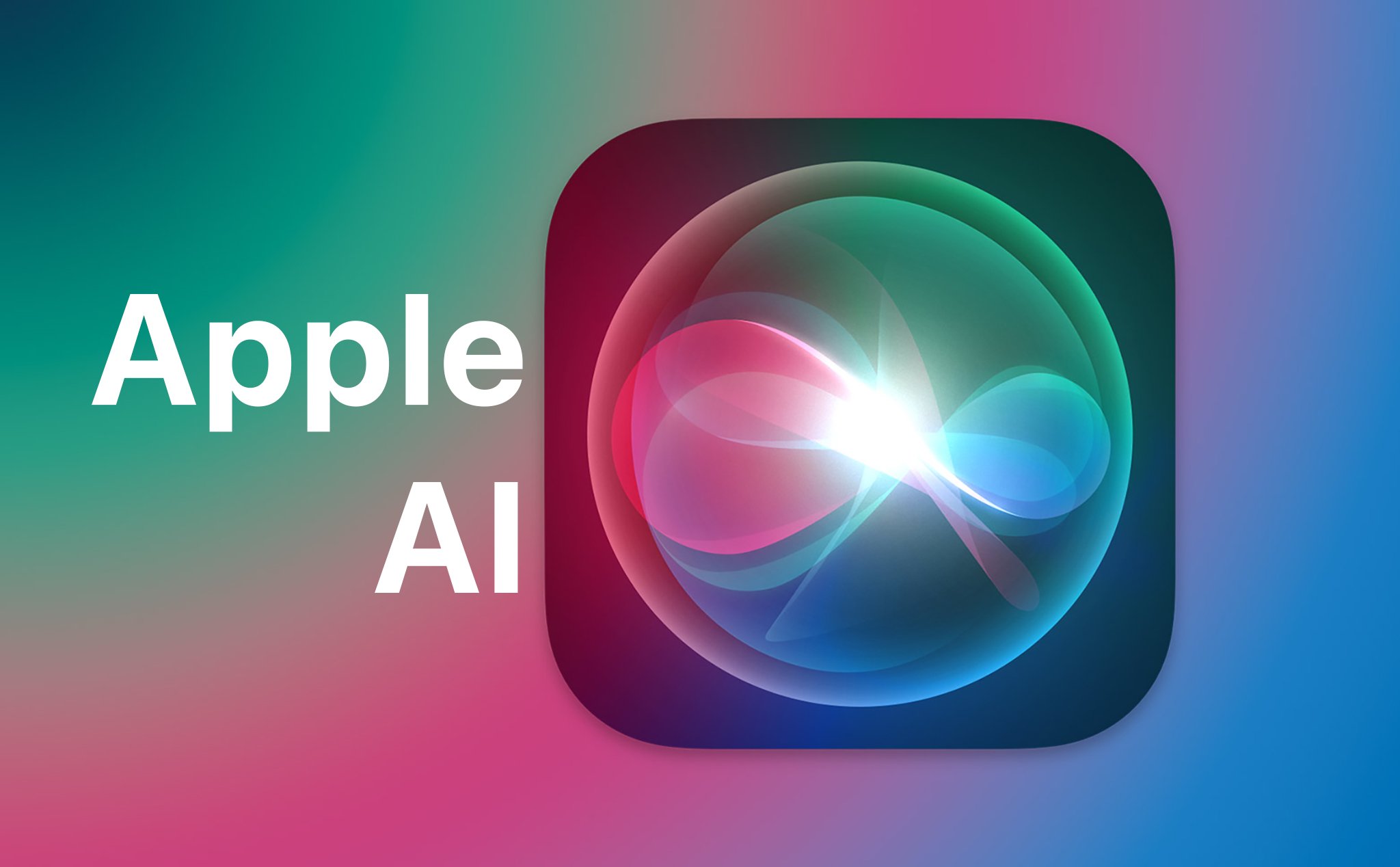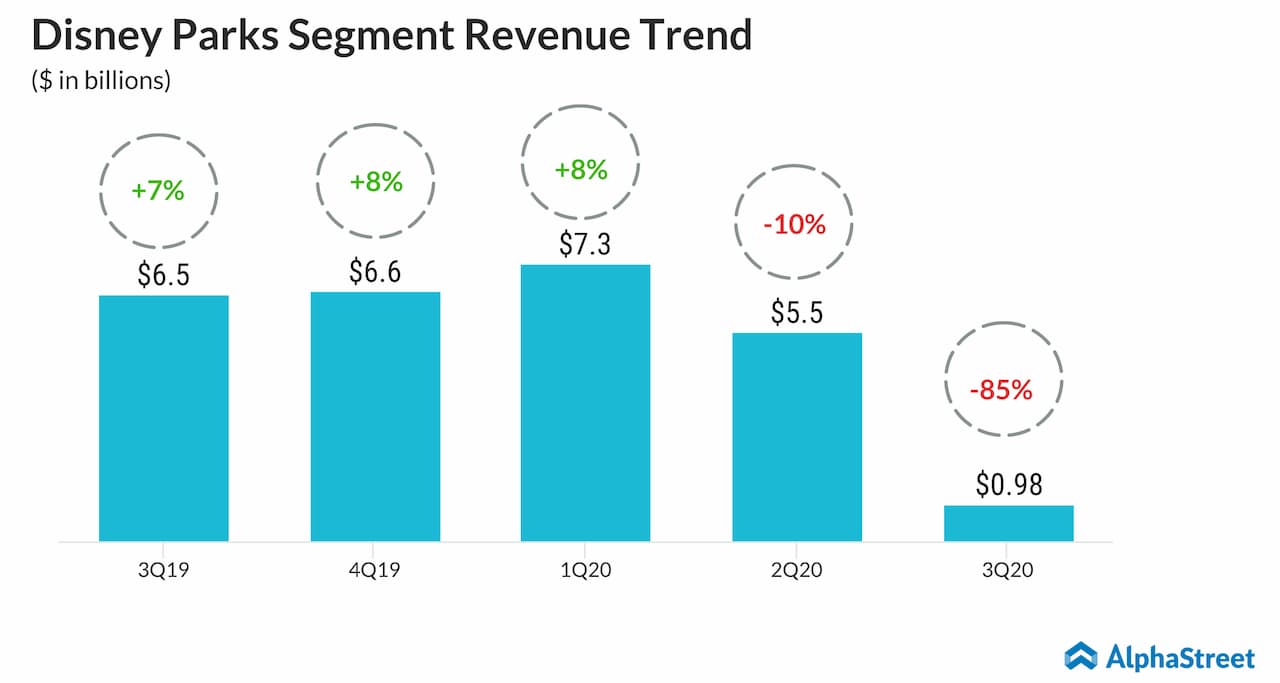Apple And AI: A Critical Analysis Of Its Current Standing

Table of Contents
Apple's AI Strengths: A Focus on User Experience and Privacy
Apple's AI strategy prioritizes user experience and privacy, differentiating it from competitors. This approach, while potentially limiting in certain areas, fosters a strong brand identity and trust among its users.
Siri's Evolution and Limitations
Siri, Apple's virtual assistant, has undergone significant evolution since its inception. Its capabilities now encompass voice recognition, task management, information retrieval, and smart home control. However, compared to rivals like Google Assistant or Amazon Alexa, Siri still faces limitations.
- Superior natural language processing: Siri excels in understanding natural language within specific contexts, particularly within the Apple ecosystem.
- Weaknesses in complex task handling and multitasking: Siri often struggles with complex, multi-step requests or tasks requiring nuanced understanding. Its ability to handle simultaneous requests is also less developed than some competitors.
On-Device AI and Privacy
A core tenet of Apple's AI philosophy is on-device processing. This means that many AI tasks are performed directly on your iPhone, iPad, or Mac, rather than relying on cloud servers. This commitment to privacy offers substantial benefits:
- Enhanced security: Reduced data transmission minimizes the risk of data breaches and unauthorized access.
- Potential limitations in processing power and feature complexity: Processing power constraints on devices can limit the complexity of AI features compared to cloud-based solutions.
AI-Powered Features Across Apple's Ecosystem
AI quietly enhances the user experience across Apple's ecosystem. Features are seamlessly integrated, often working invisibly in the background:
- Image recognition and organization in Photos: The Photos app utilizes AI for facial recognition, object identification, and intelligent album creation.
- Personalized fitness recommendations in the Health app: AI algorithms analyze fitness data to provide tailored workout suggestions and health insights.
- Predictive text and autocorrect: These features, powered by machine learning, improve typing efficiency and reduce errors.
Apple's AI Weaknesses: Competitive Landscape and Strategic Approach
Despite its strengths, Apple faces significant challenges in the competitive AI landscape. Its strategy, while focused on privacy and user experience, presents some limitations.
Lack of a Comprehensive AI Platform
Unlike Google with TensorFlow or Amazon with SageMaker, Apple lacks a comprehensive, developer-focused AI platform. This absence restricts third-party innovation and limits the development of AI-powered applications within the Apple ecosystem.
- Limited developer tools and resources: Developers have fewer resources to build and deploy AI-powered applications for Apple devices.
- Slower pace of AI innovation: The lack of a centralized platform may contribute to a slower pace of AI innovation compared to competitors.
Strategic Acquisitions and Internal Development
Apple's approach to AI involves a mix of strategic acquisitions and internal research and development. While acquisitions have brought in talent and technology, their impact on Apple's overall AI capabilities remains to be fully seen.
- Analysis of key acquisitions and their contributions: Several acquisitions, while promising, haven't yet translated into widely visible advancements in Apple's consumer-facing AI products.
- Evaluation of Apple's internal AI talent and research output: Apple’s internal research remains largely opaque, making it difficult to gauge the true extent of its AI capabilities.
Challenges in Data Acquisition and Model Training
Training robust AI models requires vast amounts of high-quality data. Apple, with its focus on privacy, faces challenges in acquiring the scale of data enjoyed by companies like Google or Facebook.
- Dependence on user data and privacy concerns: Balancing data collection with user privacy is a critical challenge for Apple's AI development.
- Difficulties in obtaining diverse and representative datasets: Ensuring diverse and representative datasets for training is crucial to avoid bias and ensure fairness in AI algorithms.
The Future of Apple and AI: Predictions and Potential
The future of Apple and AI is filled with both challenges and opportunities. Several potential developments could reshape Apple's position in the AI landscape.
Potential Breakthroughs in Specific Areas
Apple's AI could lead to breakthroughs in several key areas:
- Advancements in AR applications leveraging computer vision: Combining AI with augmented reality could create powerful and immersive experiences.
- AI-driven breakthroughs in health monitoring and disease prediction: Apple's Health app could become a powerful tool for preventative healthcare, powered by advanced AI algorithms.
Increased Collaboration and Openness?
While historically closed, Apple might adopt a more collaborative and open approach to AI development:
- Potential benefits and drawbacks of increased collaboration: Collaboration could accelerate innovation but might compromise Apple's control over its ecosystem.
- The likelihood of Apple shifting its closed-ecosystem strategy: A shift towards openness could significantly impact Apple's future in AI.
Conclusion
Apple's current standing in the AI landscape is a complex picture. Its strengths lie in its focus on user experience, privacy, and seamless integration of AI into its existing ecosystem. However, its weaknesses include a lack of a comprehensive AI platform, potential data limitations, and a relatively opaque approach to research and development. The future will likely determine whether Apple can overcome these challenges and become a true AI leader. Stay informed about Apple's AI advancements and continue the conversation about the future of Apple and AI, its ongoing development, and the implications for the tech industry.

Featured Posts
-
 Disney Reports Higher Profit Expectations Thanks To Parks And Streaming Success
May 09, 2025
Disney Reports Higher Profit Expectations Thanks To Parks And Streaming Success
May 09, 2025 -
 Surviving The Crypto Crash Caused By Trade Wars
May 09, 2025
Surviving The Crypto Crash Caused By Trade Wars
May 09, 2025 -
 Daycare Debate Psychologist Sparks Outrage With Harmful Claims
May 09, 2025
Daycare Debate Psychologist Sparks Outrage With Harmful Claims
May 09, 2025 -
 Edmonton Federal Riding Changes What Voters Need To Know
May 09, 2025
Edmonton Federal Riding Changes What Voters Need To Know
May 09, 2025 -
 Celtics Jayson Tatum Suffers Visible Ankle Injury What We Know
May 09, 2025
Celtics Jayson Tatum Suffers Visible Ankle Injury What We Know
May 09, 2025
